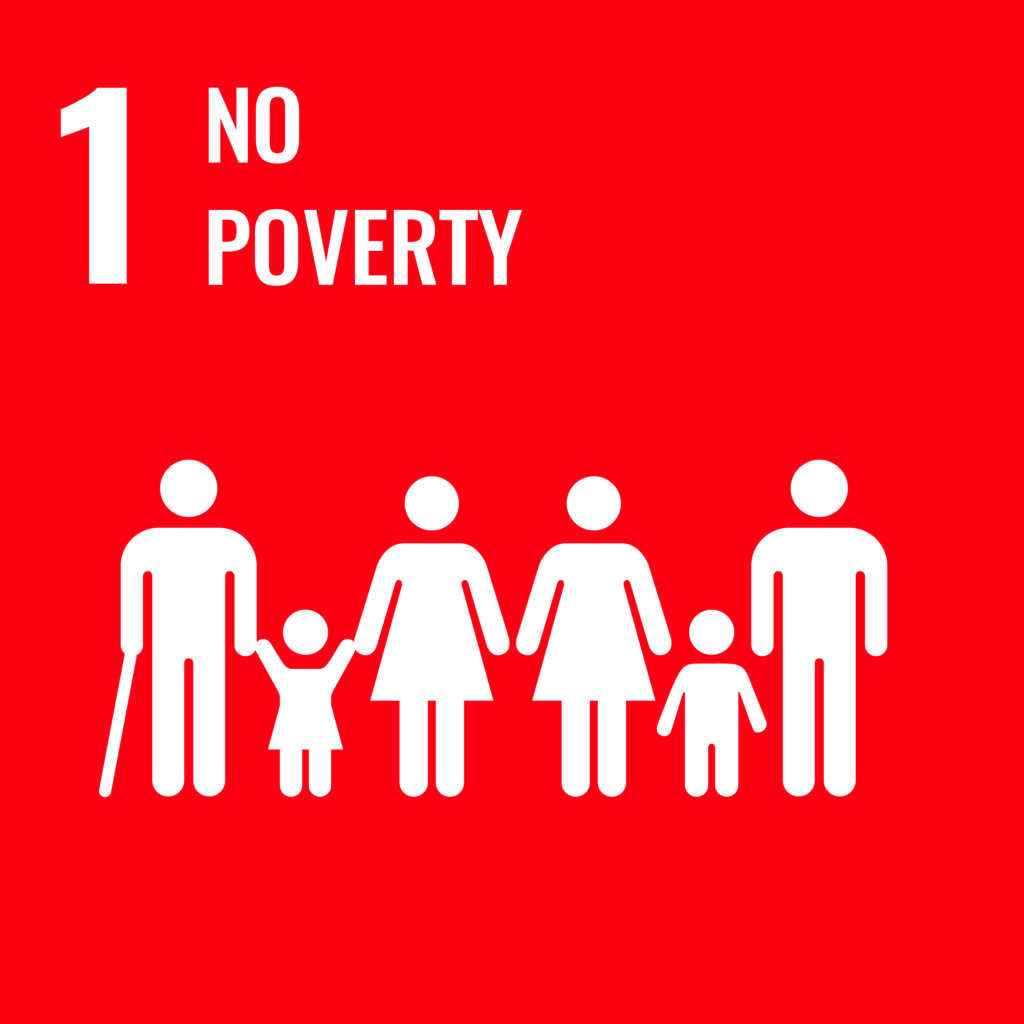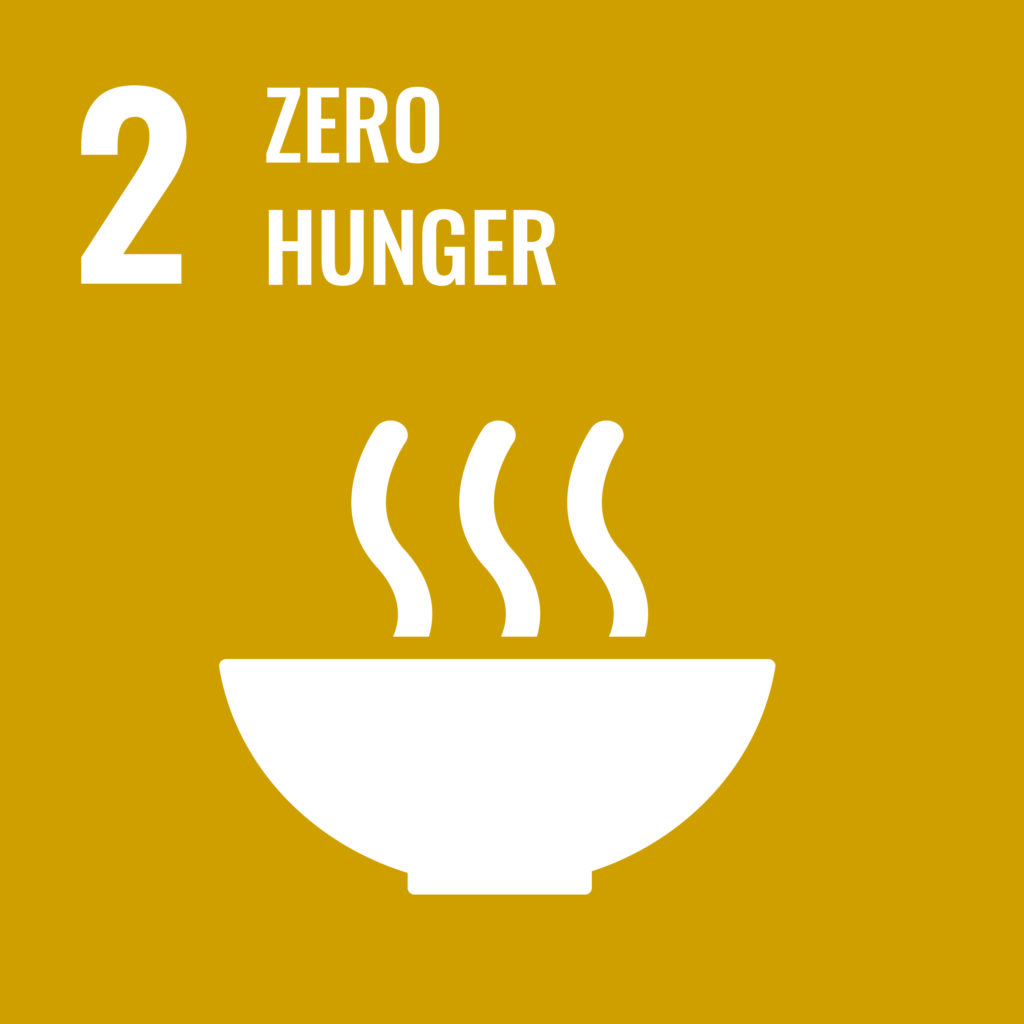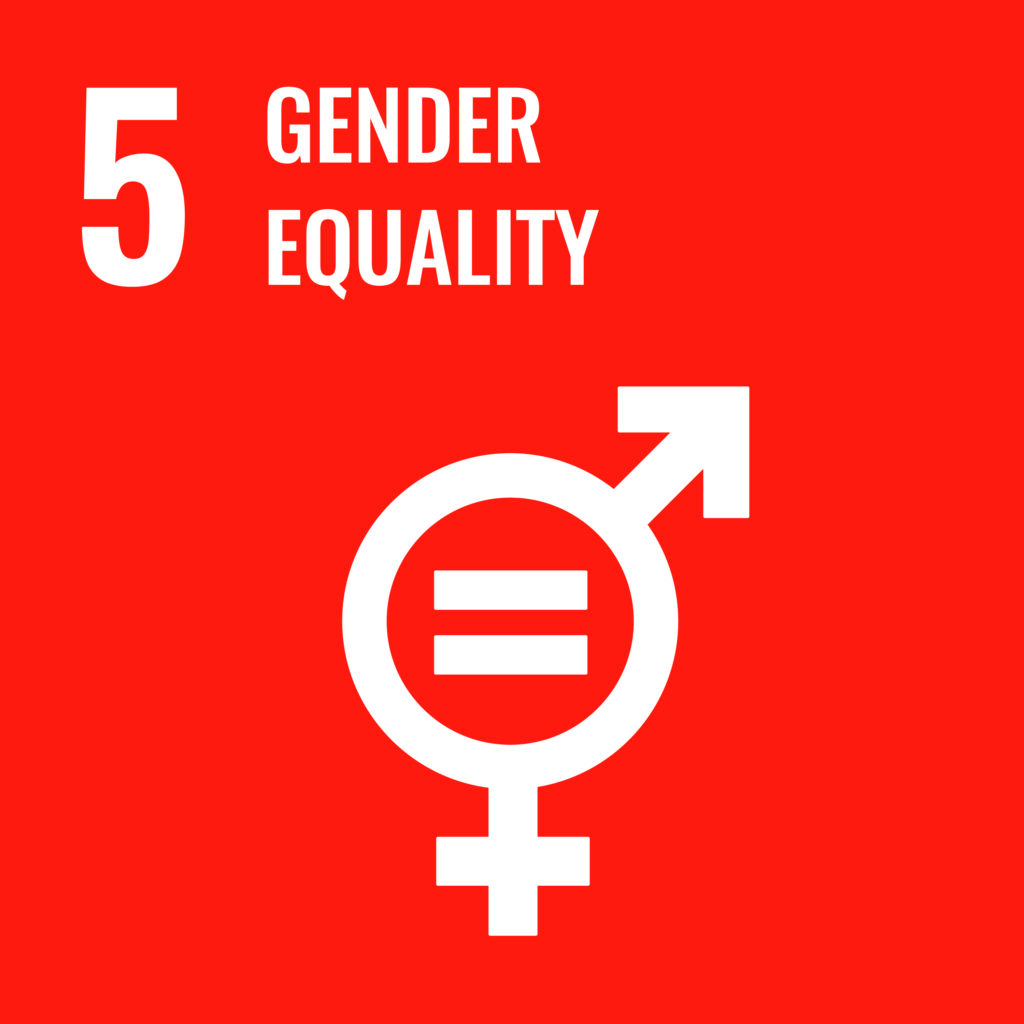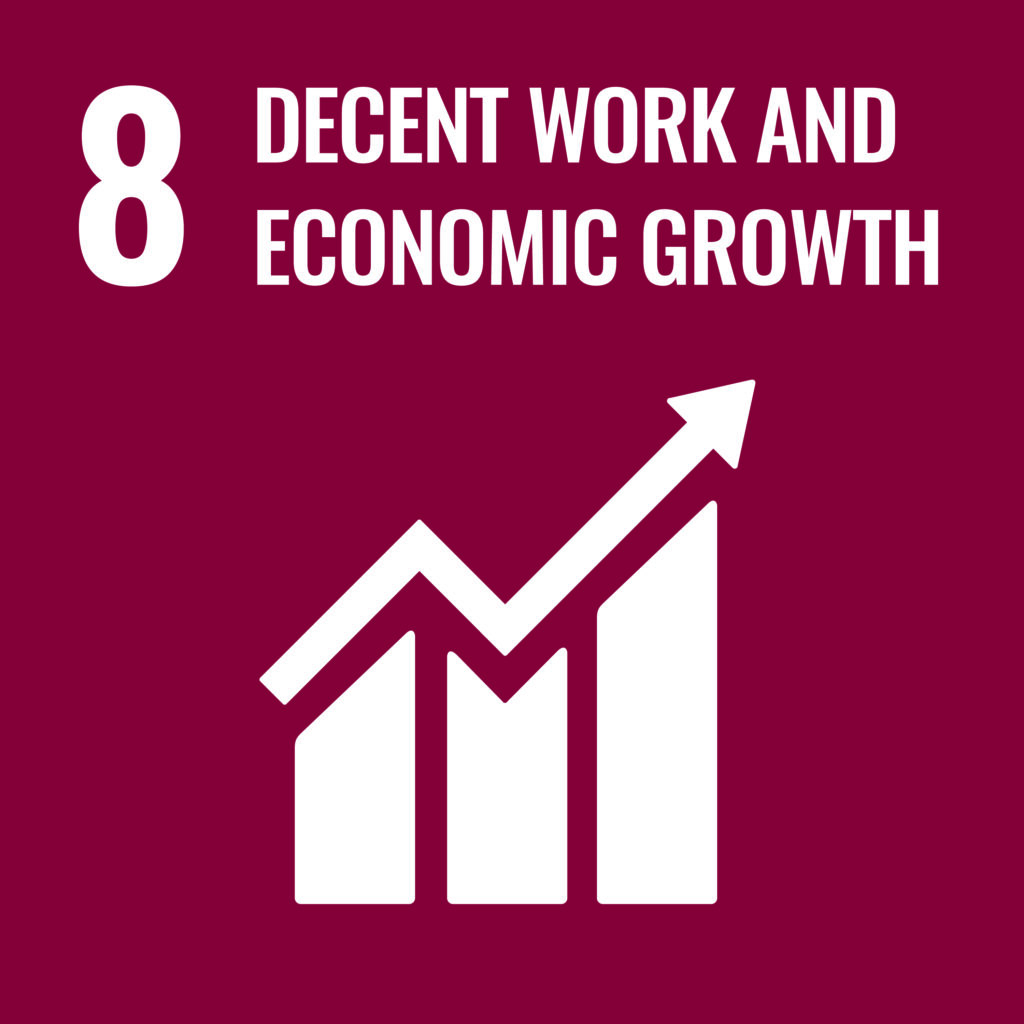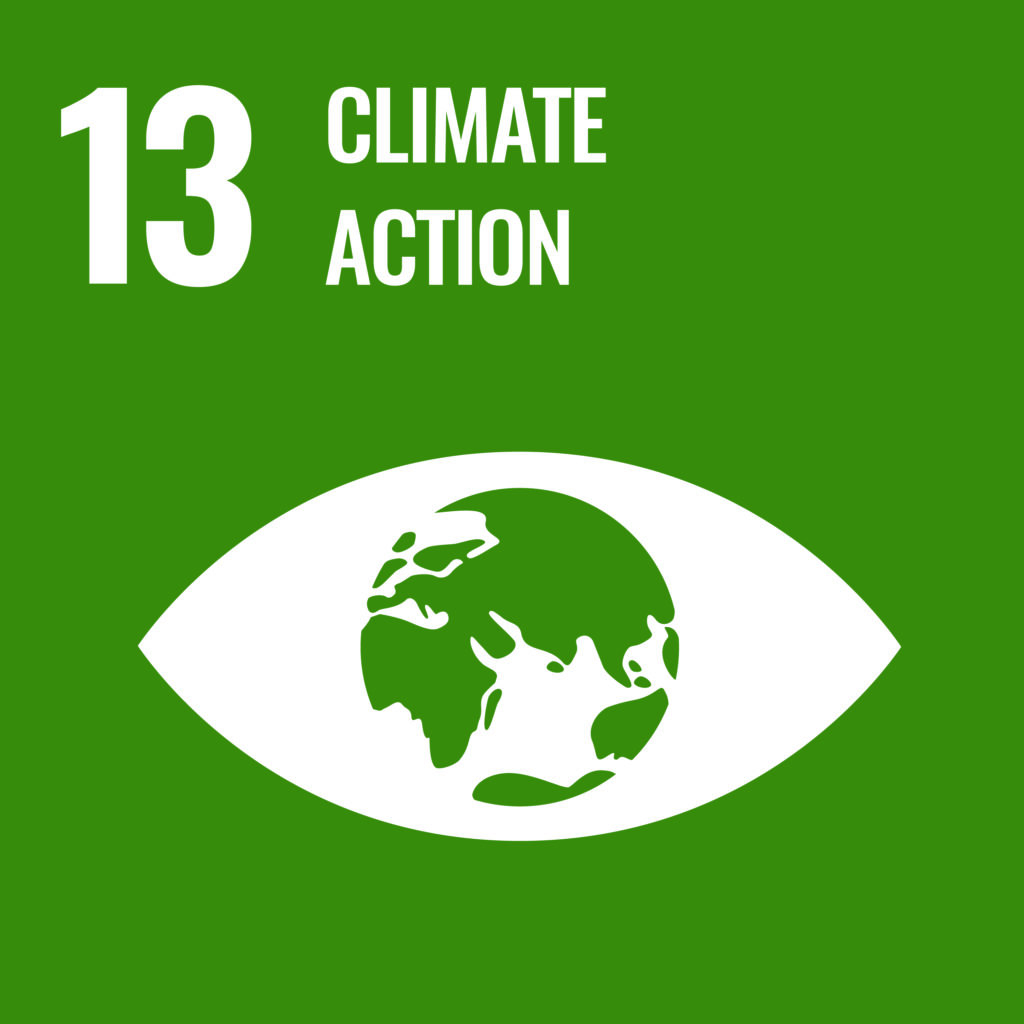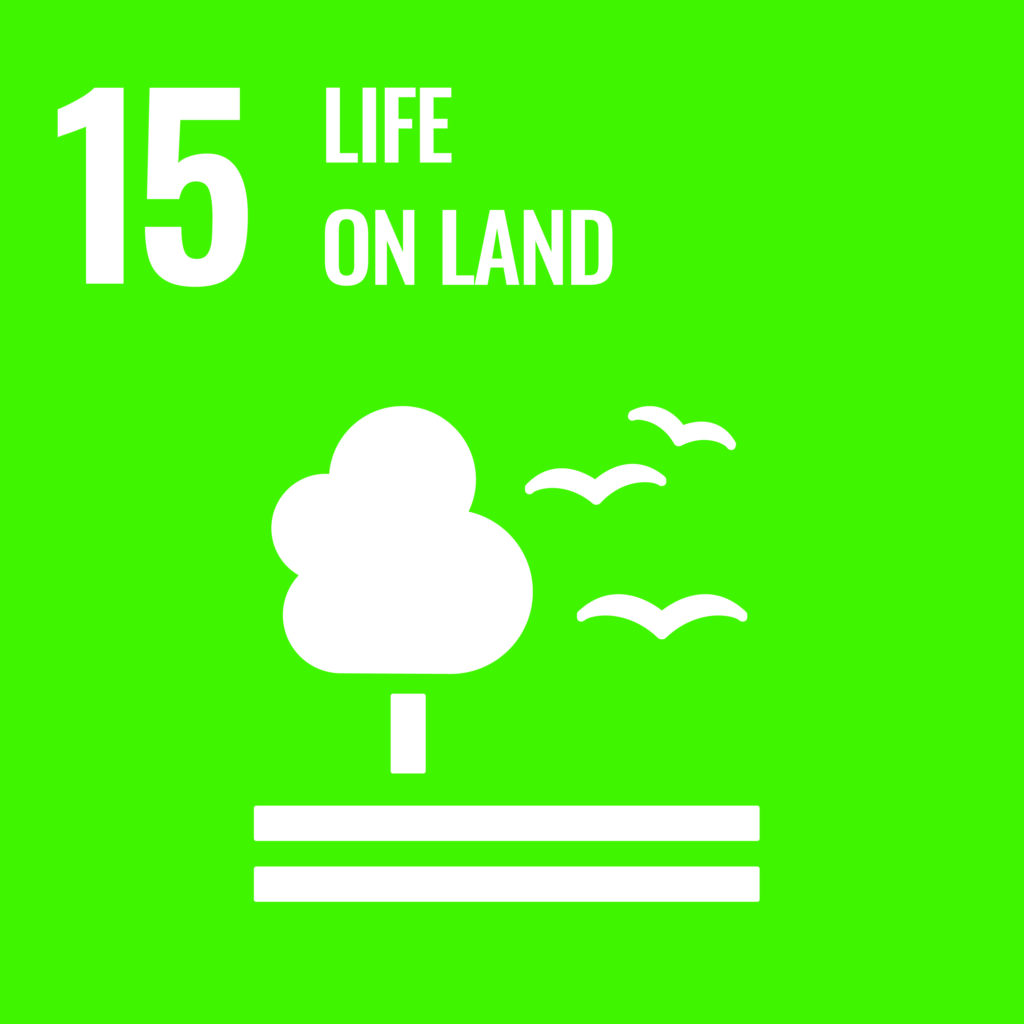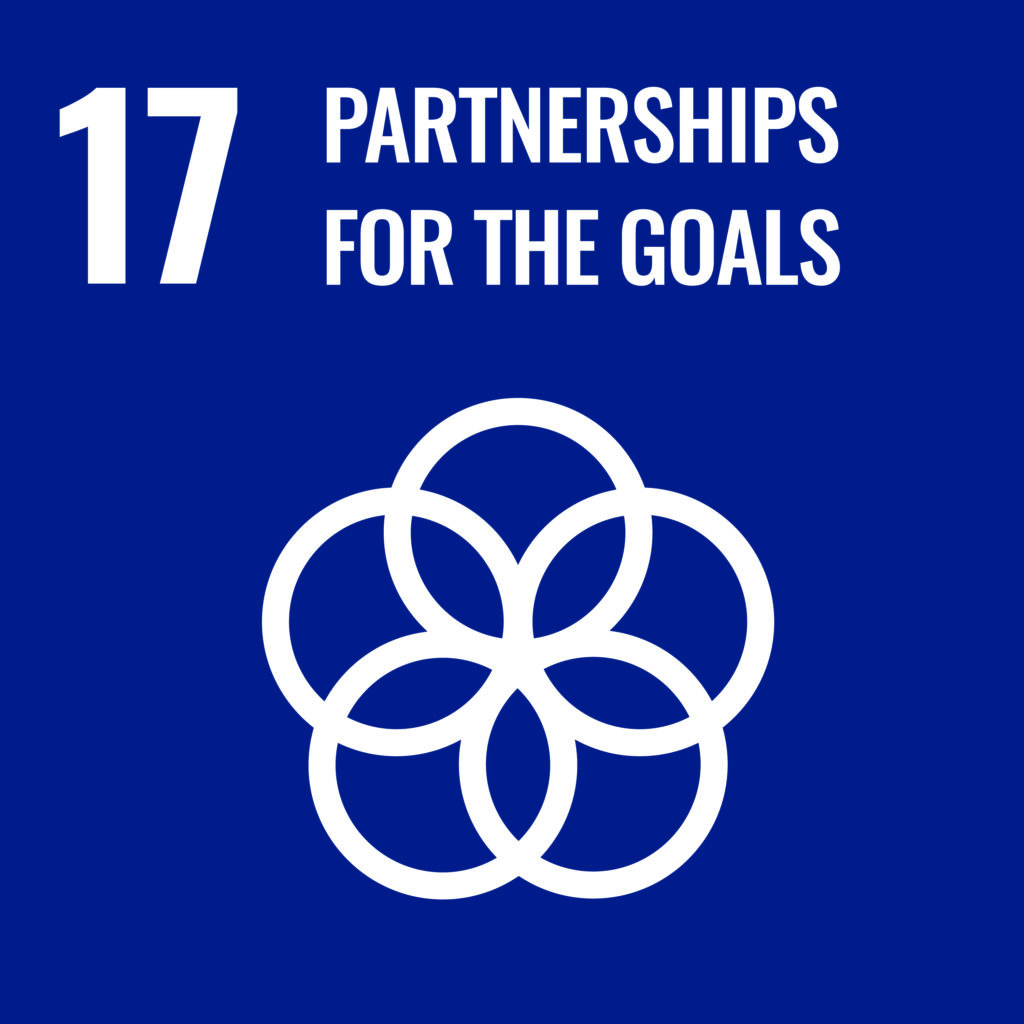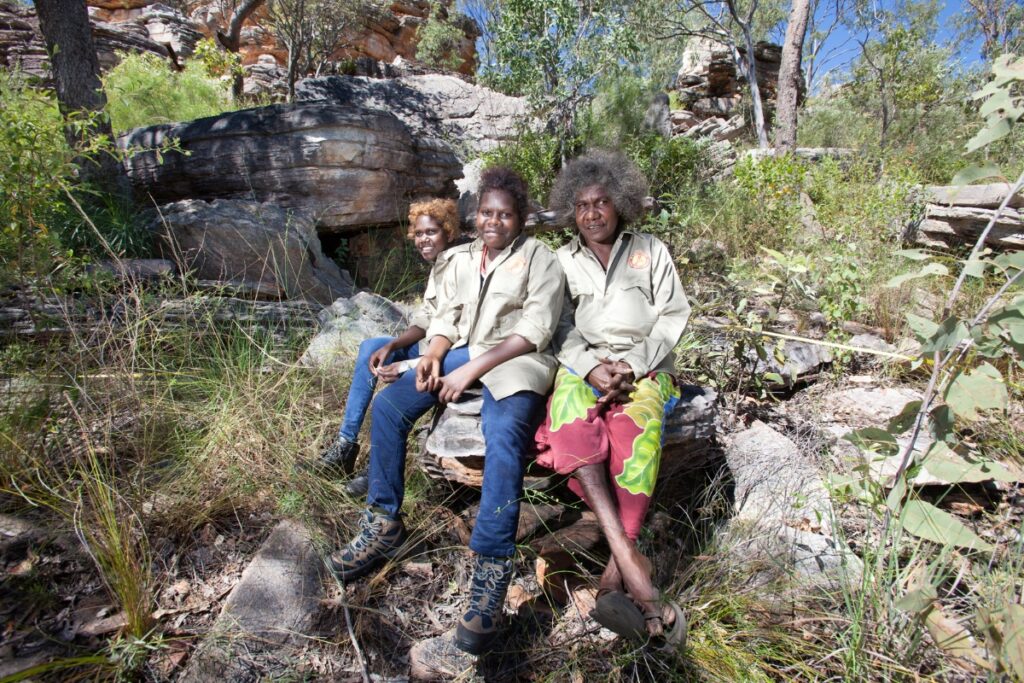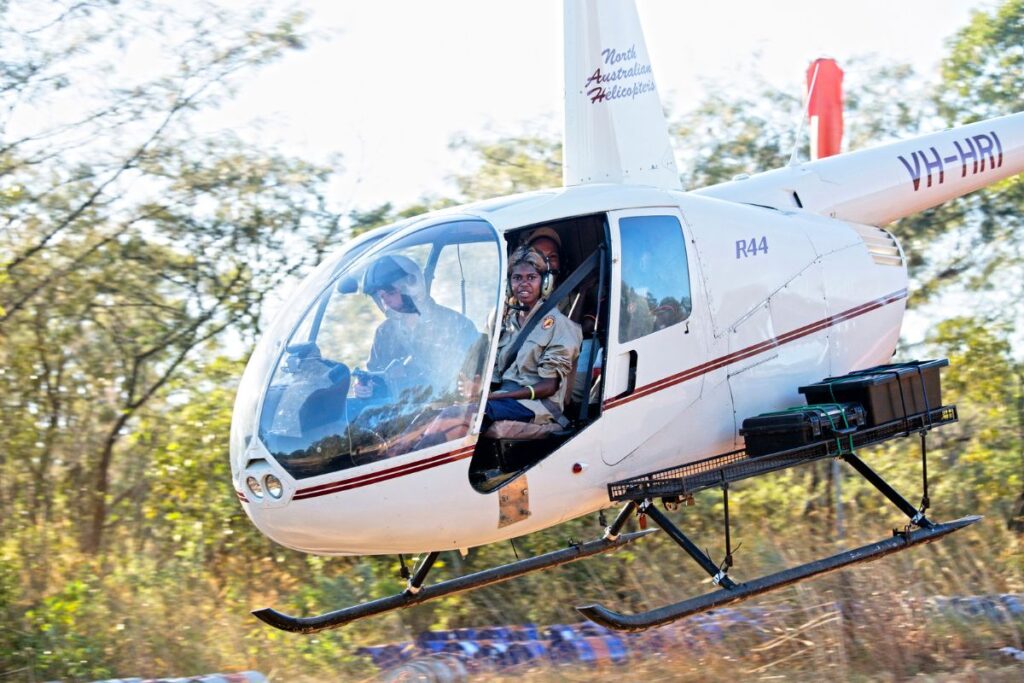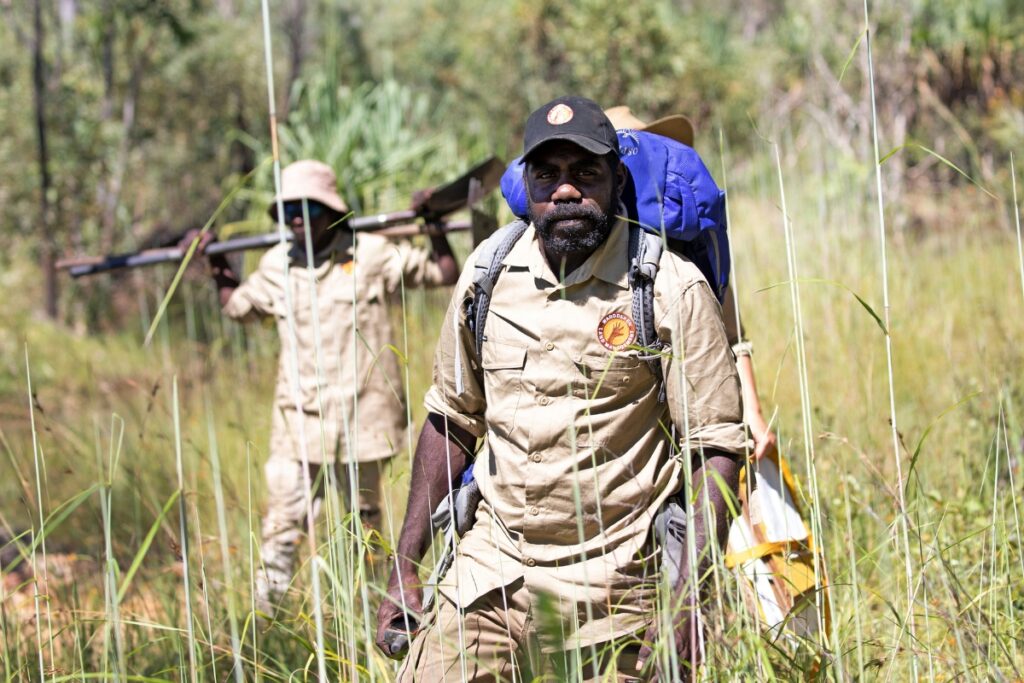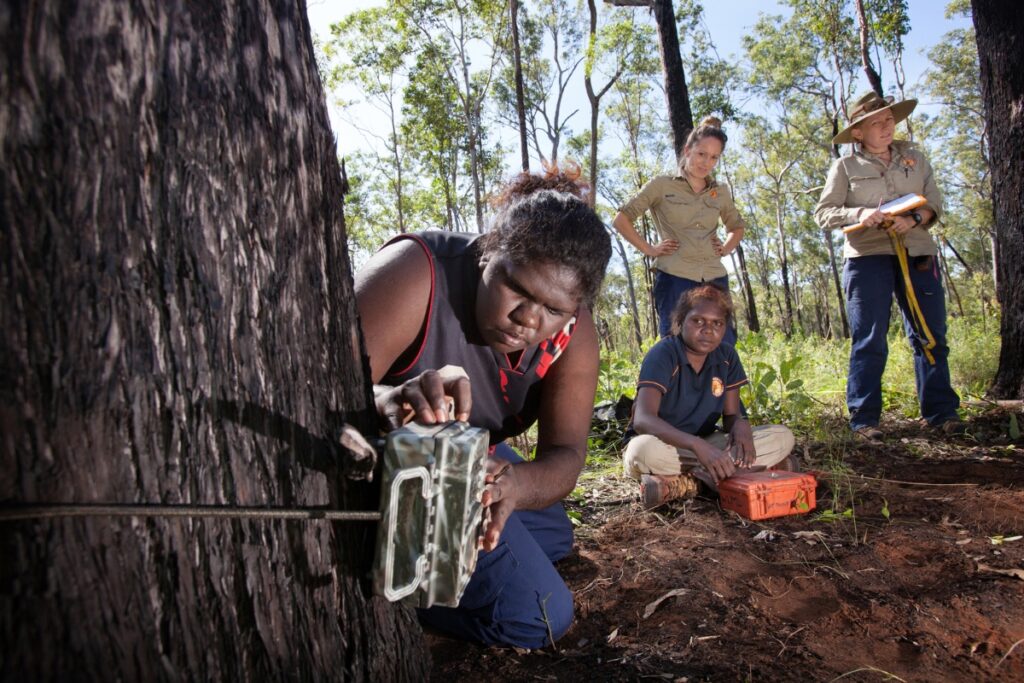The carbon abatement reported by these projects has been scientifically measured using the Carbon Farming Initiative Emissions Abatement through Savanna Fire Management Methodology and independently verified as required under the Emissions Reduction Fund.
Information on ALFA projects is from the most recent ALFA Annual Report, with the addition of SDG 17 that accounts for TEM’s partnership with ALFA (note United Nations Sustainable Development Goals may vary depending on the specific project). TEM’s team conducts site visits to the project and has witnessed such co-benefits firsthand.
Registry information: Australian National Registry of Emissions Units (ANREU) administered by the Clean Energy Regulator (CER)
Standard: Australian Government Emissions Reduction Fund
Unit type: Australian Carbon Credit Unit (ACCU)
Traditional Aboriginal burning practices provide significant carbon emission reductions, along with highly valued social, cultural, environmental and economic benefits for Traditional Landowners.
In the absence of fire management by Aboriginal Traditional Landowners, Arnhem Land in the Northern Territory is prone to extreme, devastating wildfires that damage the landscape including rock art galleries, cultural sites and biodiversity. ALFA – Arnhem Land Fire Abatement is an Aboriginal owned, not-for profit carbon farming business, that supports Aboriginal Traditional Owners and rangers to utilise customary fire knowledge and skills in tandem with contemporary technology to accomplish highly sophisticated landscape scale fire management. Their projects deliver significant emissions reductions whilst supporting environmental, cultural and social outcomes.
ALFA currently supports Traditional Owners to manage six fire projects across an area of over 80,000 km2. Controlled burns are conducted early in the dry season to reduce fuel on the ground and establish a mosaic of natural firebreaks, preventing bigger, hotter and uncontrolled wildfires later in the season. Using both aerial burning (incendiary pellets dropped from helicopters) and ground burning, rangers burn strategically, adding to natural breaks such as moist ground along creeks, cliff lines and tracks to create unburned ‘compartments’ surrounded by burned breaks. Rangers manage fire across a range of ecosystems including the escarpments, gorges and sandstone heaths of the Arnhem Plateau.
The projects provide employment and training opportunities for local rangers while supporting Aboriginal people in returning to, remaining on and managing their country. Communities are supported in the preservation and transfer of knowledge, the maintenance of Aboriginal languages and the wellbeing of traditional custodians. Preventing wildfires also reduces the risk of wildlife loss and protects the areas surrounding ancient rock art sites.
Key impacts and benefits can include:



UN Sustainable Development Goals
The projects may contribute to the following United Nations Sustainable Development Goals
